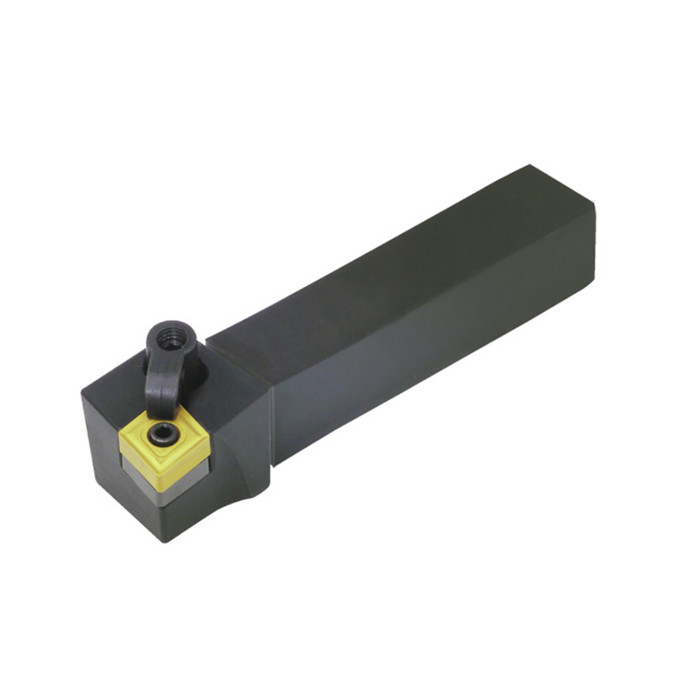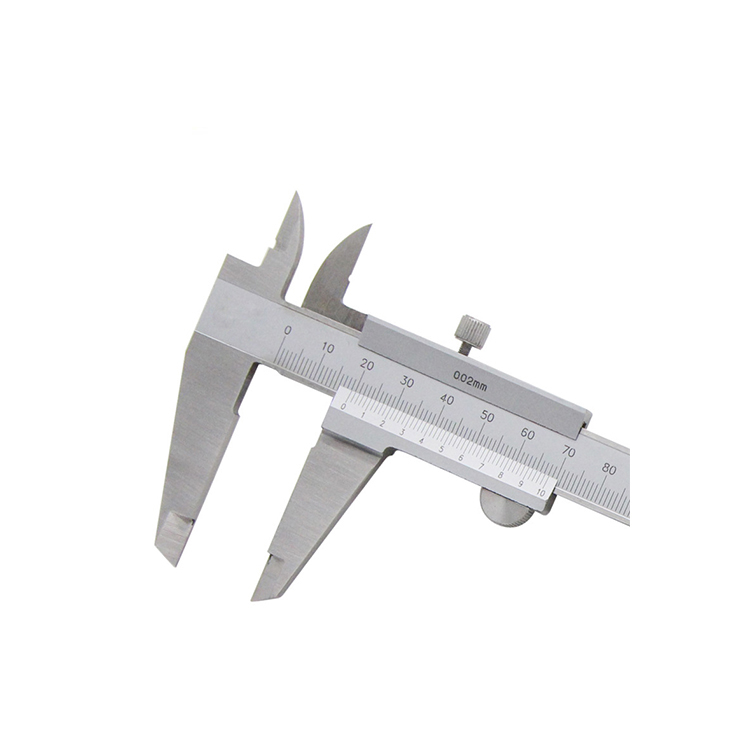parting tool holder
A parting tool holder is a crucial component in machining operations, enabling precise and efficient cutting-off of workpieces. This guide explores the various types of parting tool holders, their applications, selection criteria, and best practices for optimal performance. Learn how to choose the right holder for your lathe and achieve clean, accurate parting results.Understanding Parting Tool HoldersA parting tool holder, also known as a cut-off tool holder, is a device used on lathes to securely hold the parting tool or blade. Its primary function is to provide rigidity and support to the tool during the parting process, ensuring accuracy, stability, and minimizing vibration. Proper selection and setup are essential for efficient and safe machining operations.Types of Parting Tool HoldersSeveral types of parting tool holders are available, each designed for specific applications and lathe types. Understanding these differences is crucial for selecting the right holder for your needs.Conventional Parting Tool HoldersThese are the most common type, typically using a straight or angled blade that is clamped in place. They are relatively inexpensive and suitable for general-purpose parting operations on smaller lathes. However, they can be prone to vibration and chatter, especially on larger workpieces.Indexable Parting Tool HoldersIndexable holders use replaceable carbide inserts, offering several advantages over traditional blades. These inserts are available in various geometries and grades, allowing for optimized cutting performance on different materials. Indexable holders also provide improved rigidity and chip control, reducing vibration and improving surface finish.Dovetail Parting Tool HoldersDovetail holders feature a dovetail-shaped slot that secures the blade, providing excellent rigidity and stability. They are often used for heavy-duty parting operations and on larger lathes. Dovetail holders can handle higher cutting forces and are less prone to vibration than conventional holders.Gang-Type Parting Tool HoldersGang-type tool holders are designed for CNC lathes and allow for multiple tools to be mounted on a single block. This setup enables quick tool changes and efficient machining of complex parts. Gang-type holders are commonly used in high-production environments.Factors to Consider When Choosing a Parting Tool HolderSelecting the appropriate parting tool holder depends on several factors, including the lathe type, workpiece material, desired surface finish, and production volume.Lathe Type and SizeThe size and type of your lathe will significantly influence the choice of parting tool holder. Larger lathes require more rigid holders to withstand the higher cutting forces. Ensure that the holder's shank size matches the lathe's tool post.Workpiece MaterialThe material being machined will also affect the selection. Harder materials, such as stainless steel or hardened alloys, require more rigid holders and sharper cutting edges. Indexable holders with carbide inserts are often preferred for these materials.Desired Surface FinishFor applications requiring a high-quality surface finish, choose a holder that minimizes vibration and chatter. Dovetail or indexable holders with optimized insert geometries can help achieve smoother parting surfaces.Production VolumeFor high-volume production, consider using gang-type holders or indexable holders with quick-change capabilities. These options can reduce setup time and increase machining efficiency. Wayleading Tools offers a wide selection of tool holders suitable for various production needs.Best Practices for Using Parting Tool HoldersProper setup and operation are crucial for maximizing the performance and lifespan of your parting tool holder and parting tool.Proper Tool Height AdjustmentEnsure that the cutting edge of the parting tool is precisely aligned with the center of the workpiece. This is essential for preventing premature tool wear and achieving accurate parting results. Use a tool height gauge or other precision measuring instrument to verify the alignment.Optimal Cutting Speed and Feed RateRefer to the manufacturer's recommendations for the appropriate cutting speed and feed rate for the workpiece material and parting tool being used. Excessive speed or feed can cause vibration, chatter, and premature tool failure. Start with lower settings and gradually increase them until optimal performance is achieved.Coolant ApplicationProper coolant application is essential for dissipating heat, lubricating the cutting edge, and flushing away chips. Use a high-quality coolant and ensure that it is directed at the cutting zone. This will help prolong tool life and improve surface finish.Chip ControlEffective chip control is crucial for preventing chip buildup and ensuring smooth parting operations. Choose a parting tool holder and insert geometry that promotes efficient chip breaking. Adjust the cutting parameters to optimize chip formation.Troubleshooting Common Parting Tool Holder IssuesEven with proper setup and operation, issues can sometimes arise when using parting tool holders. Here are some common problems and their solutions:Vibration and ChatterVibration and chatter are common issues that can lead to poor surface finish, inaccurate cuts, and premature tool wear. To address these problems, consider the following:Ensure that the parting tool holder is securely mounted in the tool post.Reduce the cutting speed and feed rate.Use a more rigid parting tool holder, such as a dovetail or indexable holder.Apply more coolant to the cutting zone.Check the spindle bearings for excessive play.Premature Tool WearPremature tool wear can be caused by several factors, including:Incorrect tool height adjustment.Excessive cutting speed or feed rate.Insufficient coolant application.Using the wrong parting tool material for the workpiece.Check for proper speeds and feeds per manufacture's specificationsCarefully review these factors and make adjustments as needed to prolong tool life. Check material hardness with a hardness tester, if needed.Poor Surface FinishA poor surface finish can be caused by vibration, chatter, or improper cutting parameters. To improve the surface finish, consider the following:Use a sharper parting tool with a honed cutting edge.Reduce the cutting speed and feed rate.Apply more coolant to the cutting zone.Use a parting tool holder with improved vibration damping characteristics.Parting Tool Holder MaterialsThe most common materials for parting tool holder construction are:High-Speed Steel (HSS): HSS is commonly used for the manufacturing of conventional parting tools. It is known for its toughness and relatively low cost. It is best for lower speed applications.Carbide: Carbide is an extremely hard material, and is used for indexable parting tool inserts. Carbide can maintain a sharp edge even at high temperatures, which allows for high speed applications.Alloy Steel: Alloy steels are used to manufacture tool bodies that hold either HSS or Carbide parting tools. The steel used is generally hardened to increase its rigidity and resistance to wear.ConclusionSelecting the right parting tool holder is crucial for achieving precise and efficient machining operations. By understanding the different types of holders, considering the relevant factors, and following best practices, you can optimize your parting processes and achieve consistent, high-quality results. Whether you need conventional holders or advanced indexable systems, Wayleading Tools is your trusted partner for all your tool holder needs.
Related products
Related products
Best selling products
Best selling products-
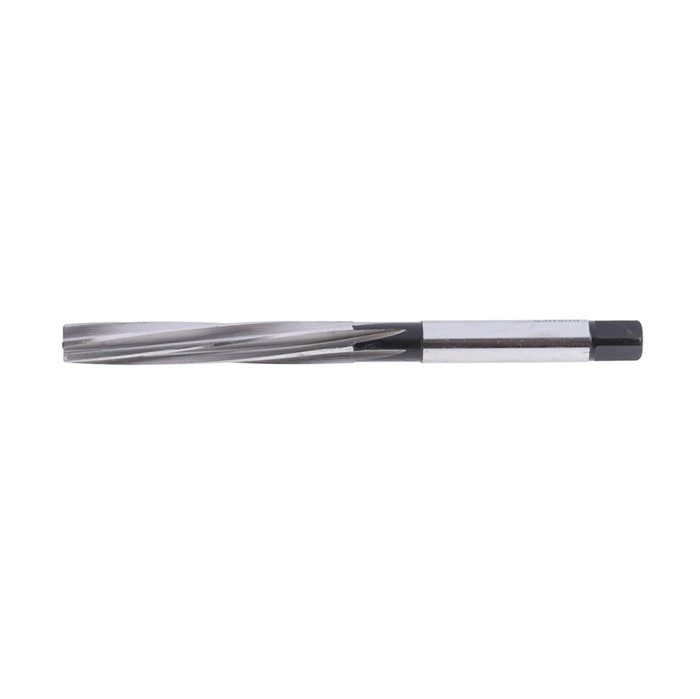 HSS Inch Hand Reamer With Straight Or Spiral Flute
HSS Inch Hand Reamer With Straight Or Spiral Flute -
 Precision Vernier Caliper With Nib Style & Standard Style Jaws Of Metric & Imperial For Industrial
Precision Vernier Caliper With Nib Style & Standard Style Jaws Of Metric & Imperial For Industrial -
 R8 Round Collet With Inch and Metric Size
R8 Round Collet With Inch and Metric Size -
 Precision Digital Caliper Of Metal Case For Industrial
Precision Digital Caliper Of Metal Case For Industrial -
 Vernier Height Gauge With Magnifier With Adjustable Main Bean
Vernier Height Gauge With Magnifier With Adjustable Main Bean -
 Precision V Block Set With High Quality Type
Precision V Block Set With High Quality Type -
 Inch Solid Carbide Twist Drill With Internal Coolant & External Coolant
Inch Solid Carbide Twist Drill With Internal Coolant & External Coolant -
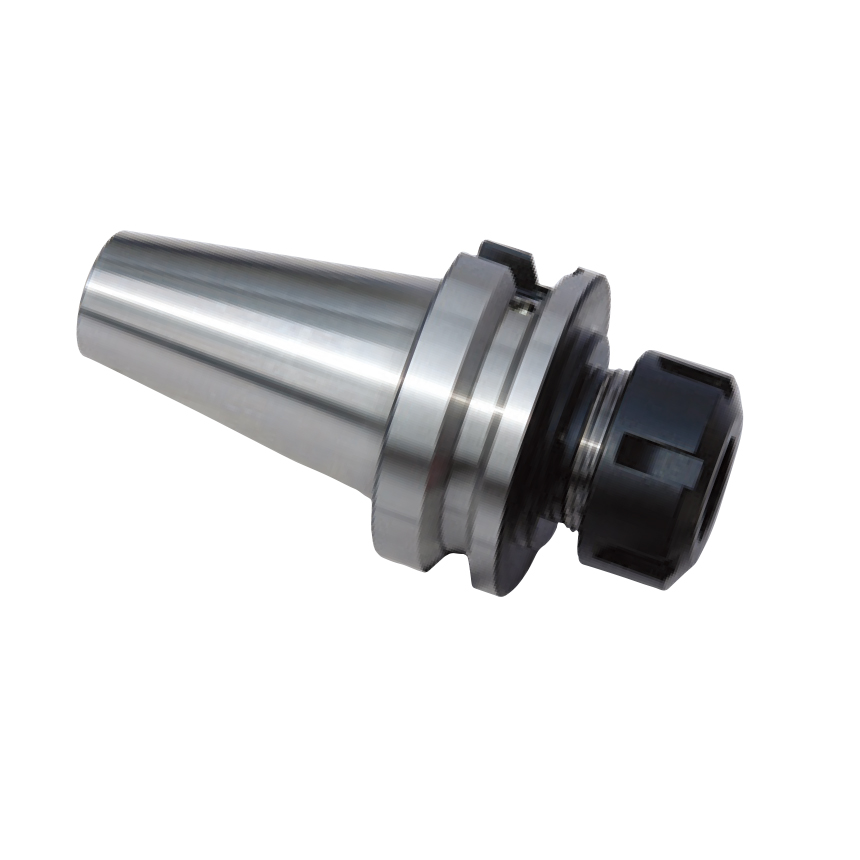 CNC BT-ER Spring Collet Chuck For CNC Machine
CNC BT-ER Spring Collet Chuck For CNC Machine -
 R8 Drill Chuck Arbor For Milling Machine
R8 Drill Chuck Arbor For Milling Machine -
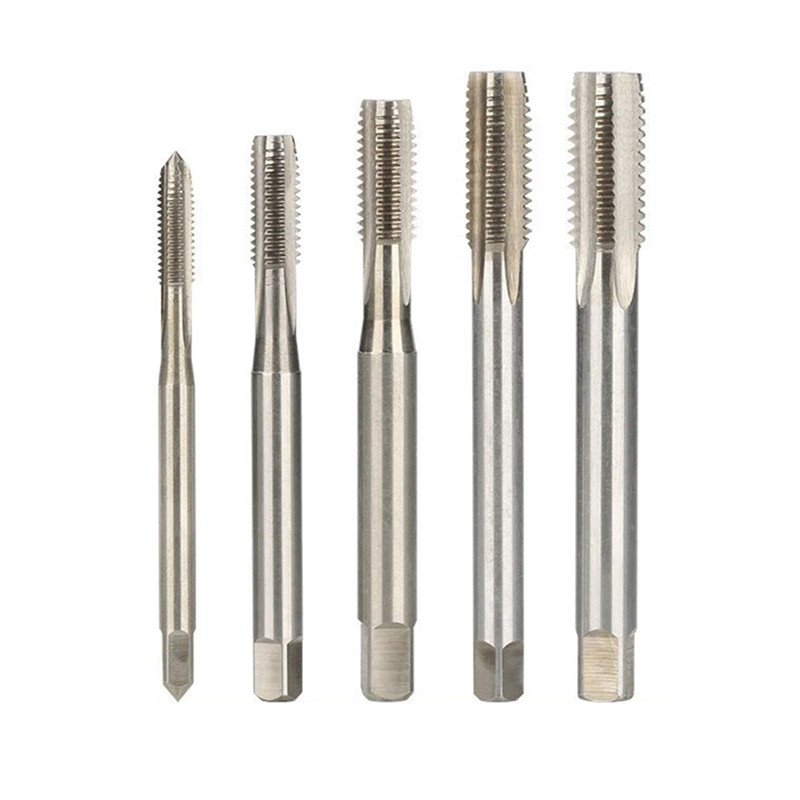 HSS DIN371 Threading Tap With Straight And Spiral Or Spiral Point Flute
HSS DIN371 Threading Tap With Straight And Spiral Or Spiral Point Flute -
 131PCS Thread Repair Set And Helicoil Type Thread Repair Set
131PCS Thread Repair Set And Helicoil Type Thread Repair Set -
 Precision V Block And Clamps Set With High Quality Type
Precision V Block And Clamps Set With High Quality Type
Related search
Related search- hss lathe turning tools Manufacturers
- semt insert Suppliers
- Wholesale partial profile 60 degree threading insert
- indexable helical milling cutters Factories
- milling gear cutter Manufacturers
- bspt threading insert Factory
- High-Quality MSBN turning tool holder
- index fixture Suppliers
- Boring Head Suppliers
- dial bore gauge Factories


